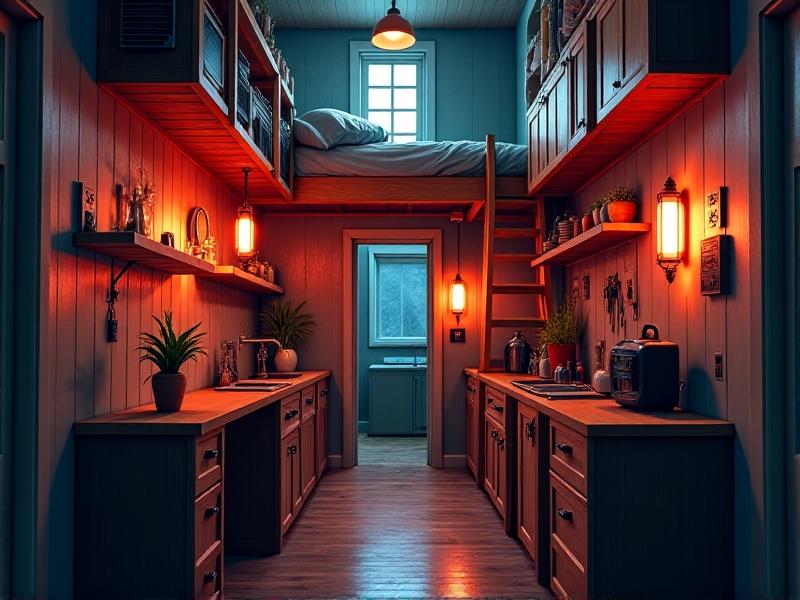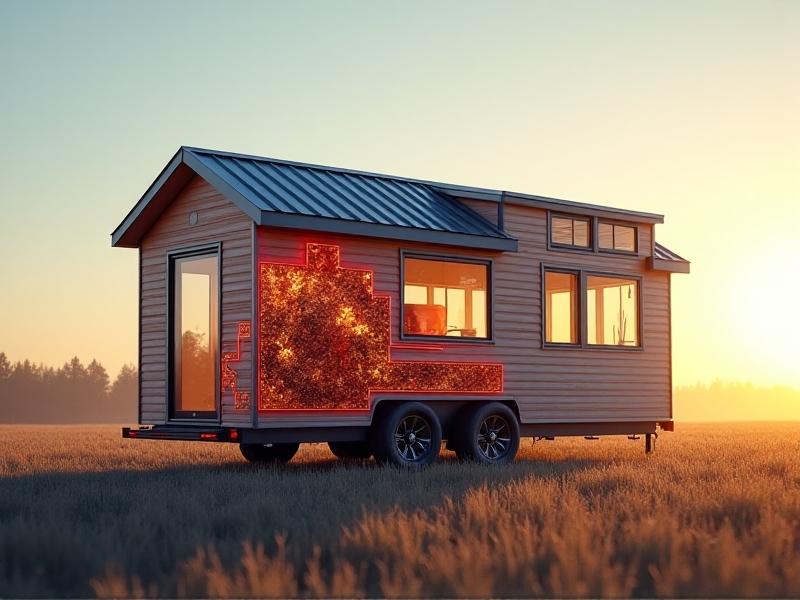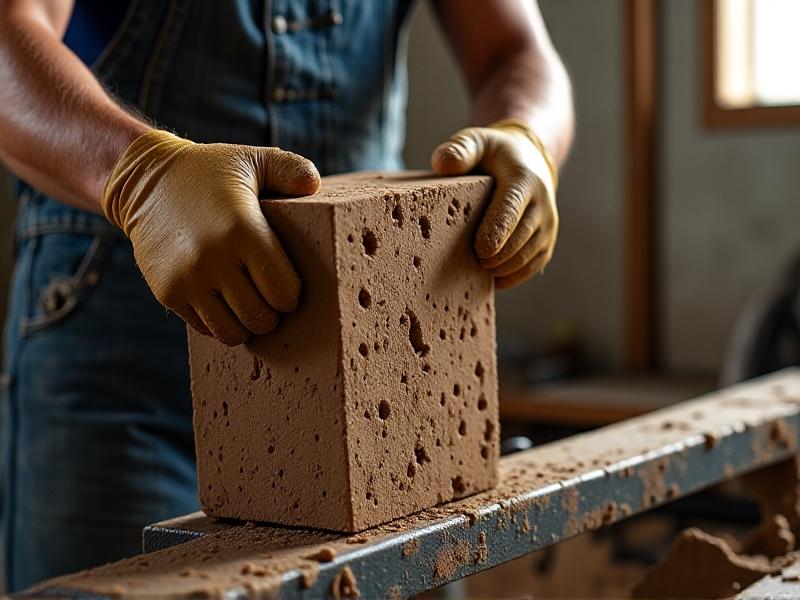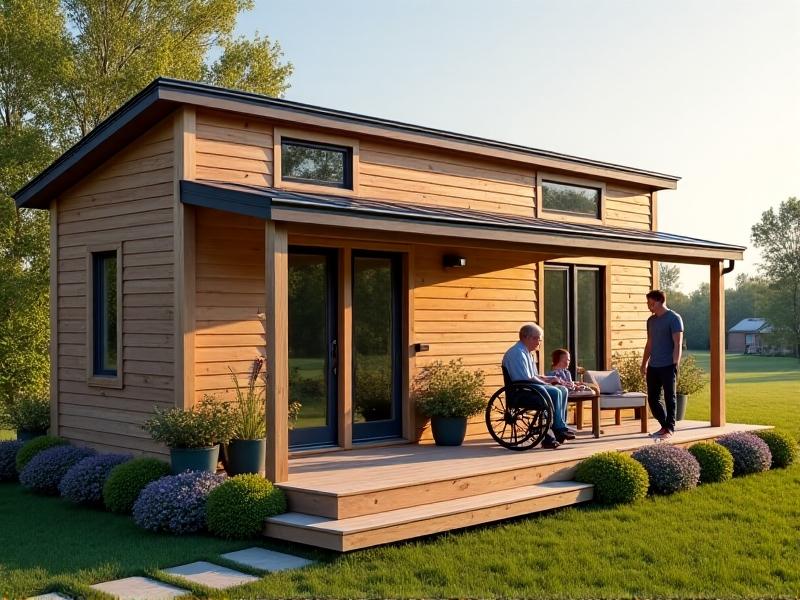ADA-Compliant Micro Home Designs
The Intersection of Accessibility and Minimalism
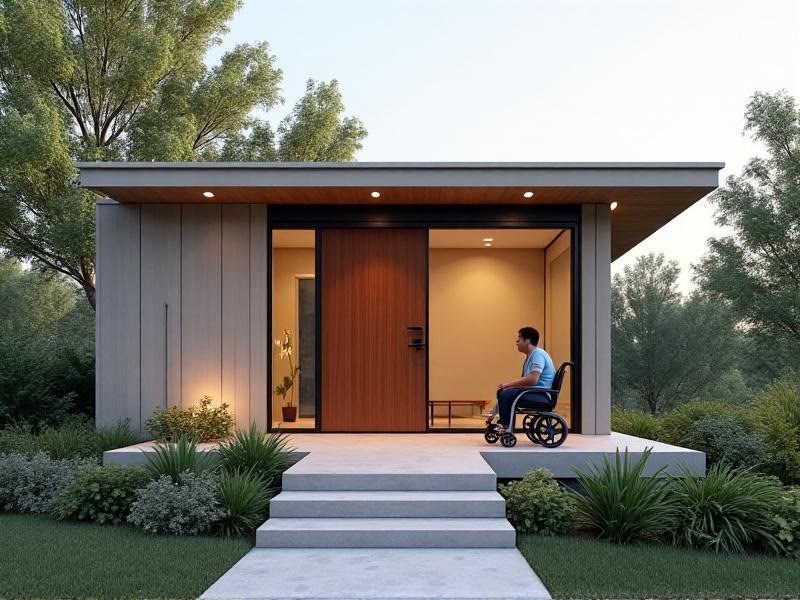
Micro homes have emerged as a revolutionary housing solution, marrying affordability with sustainability. When combined with ADA (Americans with Disabilities Act) compliance, these compact dwellings become a beacon of inclusivity. Accessibility and minimalism may seem contradictory at first glance—one prioritizing spaciousness for mobility, the other embracing small footprints. Yet, innovative design bridges this gap. ADA-compliant micro homes prioritize functionality without sacrificing style, ensuring that every square foot serves a purpose. From zero-step entries to adaptive storage, these homes prove that living small doesn’t mean compromising on accessibility. They challenge the stereotype that disability-friendly spaces must feel clinical or oversized, instead offering warm, efficient environments tailored to diverse needs.
Core Principles of ADA-Compliant Micro Home Design
Designing an ADA-compliant micro home hinges on adhering to key accessibility standards while maximizing space efficiency. Doorways must be at least 32 inches wide, with lever-style handles for easy operation. Hallways and turning radii require careful planning to accommodate wheelchairs—typically a 5-foot turning circle. Flooring should be slip-resistant and seamless to prevent tripping. Kitchens and bathrooms demand particular attention: countertops at varying heights, sinks with knee clearance, and roll-in showers with grab bars are non-negotiable. Lighting plays a dual role, enhancing visibility and mood; task lighting in work areas and ambient fixtures reduce glare. These principles aren’t just about checking boxes—they’re about creating fluid, intuitive spaces that empower residents to navigate independently.
Key Features That Make a Micro Home Accessible
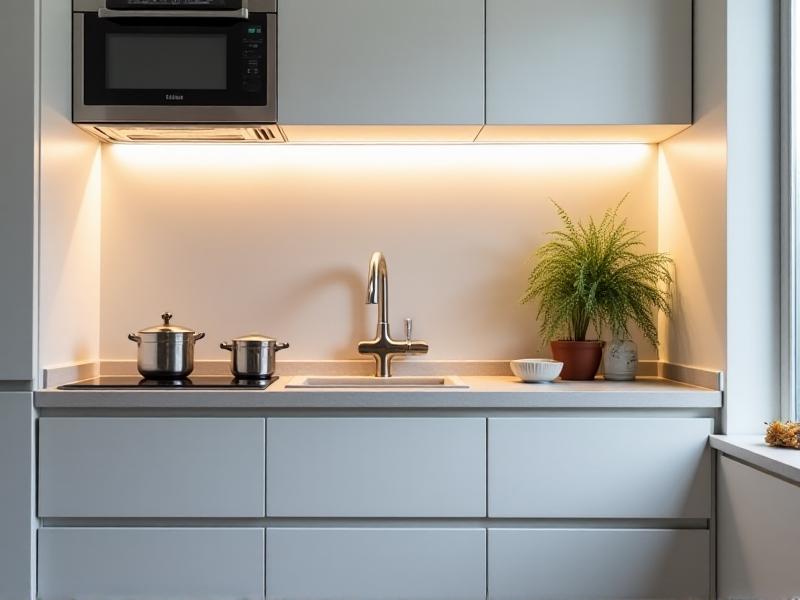
In an ADA-compliant micro home, every element serves multiple purposes. Pocket doors save space while providing necessary clearance. Fold-down tables or adjustable-height islands adapt to dining, working, or food prep needs. Storage solutions like pull-out pantries and drawers with D-shaped handles ensure items are within reach. In bathrooms, curbless showers with foldable benches and handheld showerheads offer flexibility. Smart home technology further enhances accessibility—voice-activated thermostats, lighting, and security systems reduce physical strain. Exterior features matter too: reinforced walls for future grab bars, raised electrical outlets, and touchless faucets anticipate evolving needs. These features transform compact layouts into highly adaptable living environments.
Navigating Space Constraints in Wheelchair-Accessible Layouts
The biggest challenge in micro home design is balancing accessibility with limited square footage. Open floor plans are essential, eliminating walls that restrict movement. Multi-level furniture, like lofted beds with elevators, frees up floor space. Built-in furniture—such as fold-down desks or Murphy beds—ensures clear pathways when not in use. Vertical storage utilizing high and low reach zones keeps essentials accessible. Designers often incorporate sliding or pocket doors to avoid swing space. Strategic zoning separates private and public areas without barriers. For example, a bedroom might be slightly elevated with a ramp, creating visual distinction without steps. These techniques ensure that even in 400 square feet, residents experience both freedom and functionality.
Case Studies: Successful ADA-Compliant Micro Home Projects
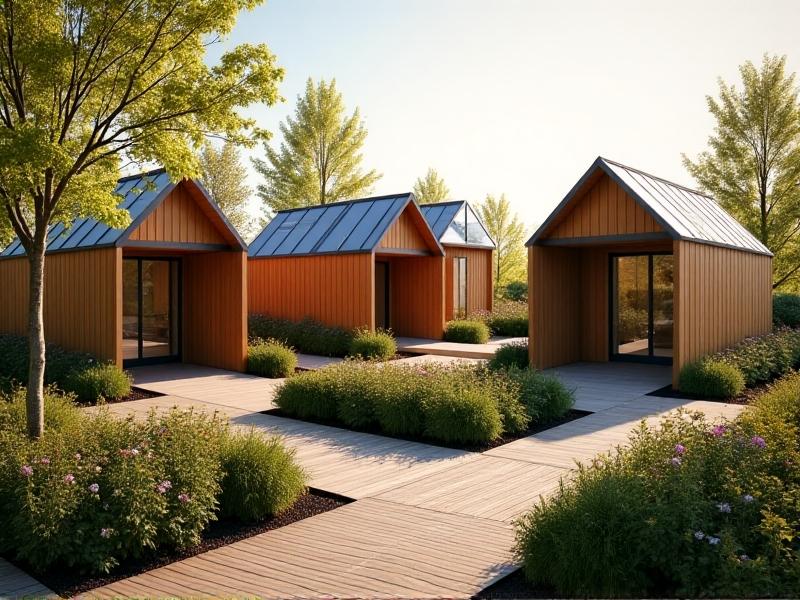
In Austin, Texas, the "Tiny Haven" community features 12 ADA-compliant micro homes designed for veterans with disabilities. Each 350-square-foot unit includes voice-controlled lighting, countertops that convert into workspaces, and modular furniture. Another project in Portland, Oregon—"EcoAbility Village"—prioritizes universal design. Their homes use color contrast for wayfinding: dark flooring against light walls helps residents with low vision navigate safely. A standout innovation is their retractable kitchen island, which descends electrically to accommodate seated users. These projects demonstrate that collaboration between architects, occupational therapists, and residents yields creative, human-centered solutions.
The Role of Smart Technology in Enhancing Accessibility
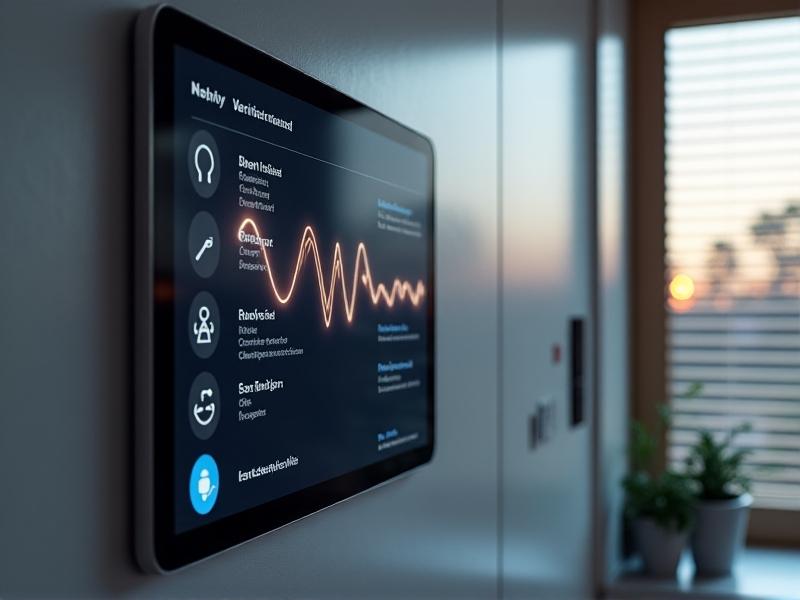
Technology is a game-changer in accessible micro homes. Automated systems reduce physical effort—motorized cabinets open with a voice command, while app-controlled blinds adjust natural light. Environmental controls like thermostats learn user preferences, maintaining comfort without manual input. Safety features include fall-detection sensors that alert caregivers and emergency response systems integrated into wearables. For neurodiverse residents, customizable lighting scenes can reduce sensory overload. Importantly, these technologies are discreetly incorporated to avoid overwhelming small spaces. A well-designed smart home doesn’t feel “techie”; it feels intuitive, quietly supporting independence.
Choosing the Right Materials for Durability and Accessibility
Material selection impacts both accessibility and longevity. Flooring needs to withstand mobility aids without wearing quickly—porcelain tile or luxury vinyl plank are popular choices. For walls, smooth, scrubbable finishes like satin paint or acrylic panels prevent scuffing. Cabinet hardware should be easy to grip; silicone pulls or D-shaped handles work well. Countertops require non-porous, heat-resistant surfaces like quartz. Exteriors often use fiber cement siding for low maintenance. These choices ensure homes remain beautiful and functional over time, reducing the need for costly adaptations later.
Overcoming Common Challenges in Accessible Micro Home Construction
Zoning laws pose significant hurdles, as many areas have minimum square footage requirements that micro homes don’t meet. Advocates work to amend codes, highlighting ADA compliance as a public benefit. Budget constraints are another issue—accessible features like elevators or custom cabinetry raise costs. However, prefabricated components and grants for disability housing help offset expenses. Builders also face the learning curve of integrating accessibility into tiny footprints. Workshops and design charrettes foster knowledge-sharing, helping professionals rethink spatial norms.
Building Communities: ADA-Compliant Micro Home Villages
Accessible micro home villages prioritize social connection and shared resources. Community centers with fitness equipment, therapy rooms, and communal kitchens reduce isolation. Outdoor spaces feature sensory gardens, smooth walking paths, and fire pits with extended seating for wheelchair users. Transit-oriented locations near healthcare and retail further enhance livability. These communities aren’t just housing—they’re ecosystems of support, fostering independence and belonging.
Future Trends in Accessible Small-Space Living
Emerging trends include 3D-printed homes tailored to individual mobility needs, AI-driven layouts that adapt in real-time, and expandable walls that temporarily increase space. Biophilic design will play a larger role, with healing gardens integrated into compact footprints. As populations age and urbanization intensifies, ADA-compliant micro homes offer a scalable solution—proving that accessibility, sustainability, and beauty can coexist.

